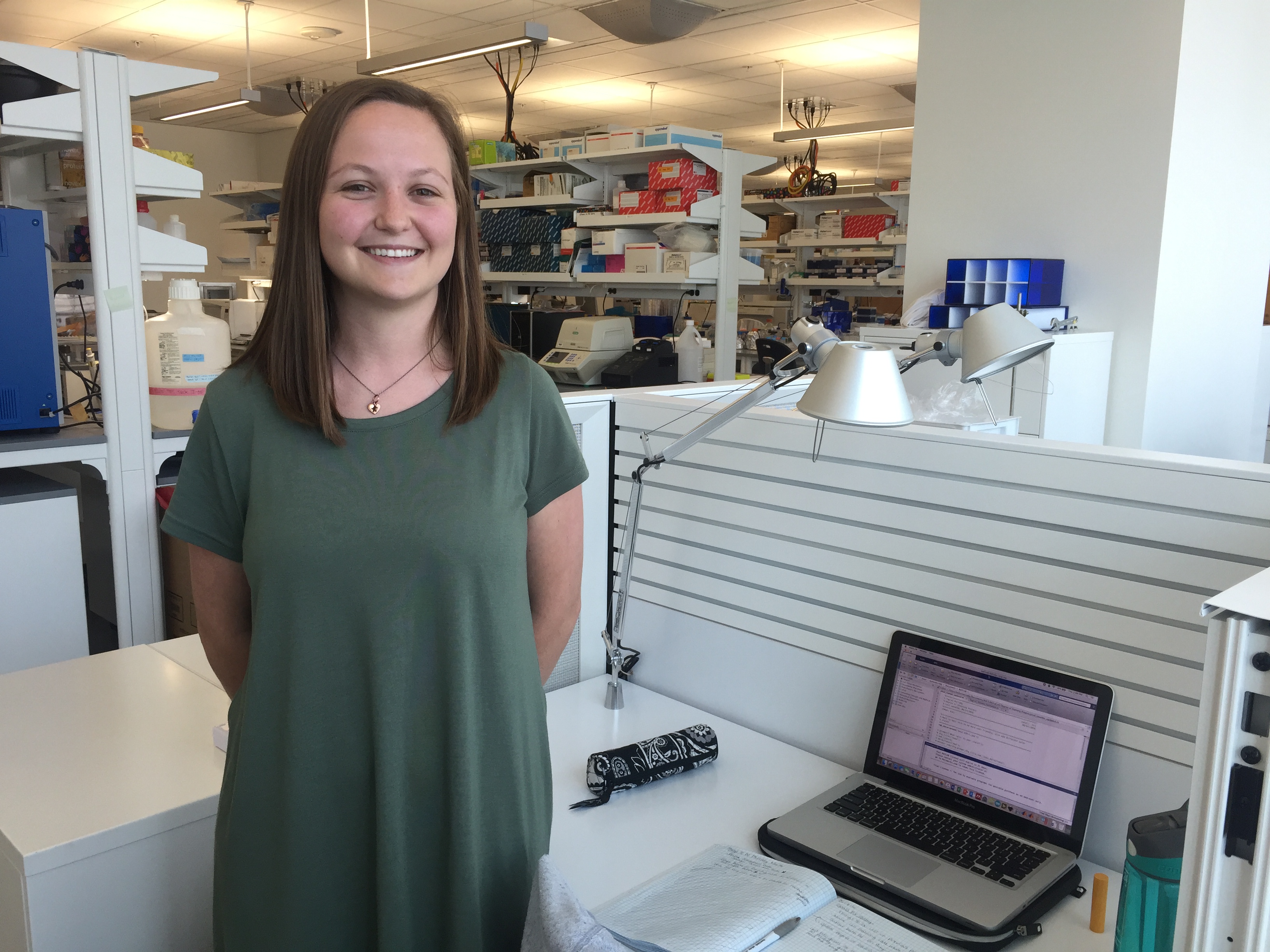I am approaching the end of week two with LaCell, and my work here is going very well. To refresh everyone’s memory, LaCell is a startup company in the New Orleans BioInnovation Center (NOBIC) that “focuses on the production of premium quality stem cells for scientific investigators in the academic and biotechnology research community.”
As an undergraduate of Tulane’s Biomedical Engineering department, I was exposed to the work that NOBIC does for biotechnology startup companies due to my department’s strong interest in student entrepreneurship (and the fact that Tulane BME alumni work for and are NOBIC clients themselves). Since it is a personal goal of mine to one day own my own business in biotechnology, I was incredibly interested in being involved with NOBIC in any way.
I work with Nicholas Pashos, a Tulane BioInnovation Ph.D. student and NOBIC client, on a project unrelated to NOBIC. In January, I asked him if he knew of any internship opportunities with NOBIC or a NOBIC company. He introduced me to Dr. Gimble, my boss, who brought me on as an engineering intern for LaCell in early February. My biggest piece of advice for anyone looking for an internship is to network as much and as often as possible. As Tulane students, we have access to a vast network of alumni and peers that, from my experience, are very able and willing to help us succeed.
I spent my first week getting to know LaCell’s other summer interns and settling into the projects I am currently working on. While LaCell has lab space in NOBIC, my actual desk is in Tulane’s Center for Stem Cell Research and Regenerative Medicine (coincidentally, Nick’s lab works in here as well).

My desk in the Center for Stem Cell Research and Regenerative Medicine.
My responsibilities are subject to change as I progress through the summer, but my primary responsibility as their engineering intern is to quantify data for projects LaCell is working on. The project that has taken most of my attention for the last two weeks is to write code that quantifies the percentage of a color stain used while culturing cells. While you can see an increase in staining from looking a picture or the petri dish itself, quantifying the percentage of that stain provides valuable information about their experiments they otherwise could not have gathered qualitatively.
In the last two weeks, I have learned about the different ways that computers display colors of an image, and how I can extract that information. Hex code is one way computers represent the color of an image. In hex code, “#ff0000” = red and “#0000ff” = blue. RGB, another way computers present colors, refers to a group of three numbers that specify the intensities of red, green, and blue of the pixel.
In two short weeks, I deepened my understanding of image analysis and fostered relationships with people I hope to continue after the summer. I plan to stay on this path of soaking up as much knowledge about image analysis as possible, and cannot wait to see where the rest of the summer takes me.

